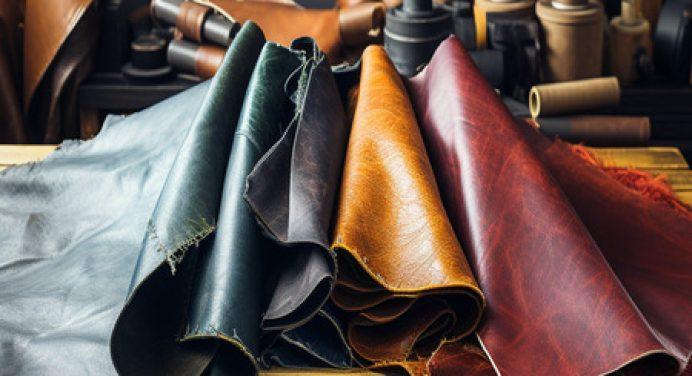Bio-Based Leather: The Future of Eco-Friendly Fashion

Bio-based leather has come to light as a potential replacement for conventional leather in the search for more environmentally friendly and sustainable materials. As an ecologically friendly alternative for a range of sectors, including furniture, automotive, and fashion, bio-based leather is made from renewable resources, unlike conventional leather, which primarily uses animal skins and chemical-intensive procedures.financial services and solutions that are individualized and responsive.
Bio-Based Leather: What Is It?
Bio-based leather is made from natural, renewable resources including agricultural waste, plant-based polymers, or mycelium — the structure of a mushroom’s roots. This new material has a far smaller environmental impact than traditional leather while mimicking the appearance, texture, and robustness of leather. When compared to conventional leather manufacturing, the production of bio-based leather uses less water, emits fewer greenhouse gases, and produces less chemical pollutants, making it a sustainable option for both producers and consumers.
The Effects of Conventional Leather on the Environment
The environmental effects of conventional leather manufacturing have long been a source of criticism. Usually, the tanning process uses hazardous chemicals like chromium salts, which can contaminate soil and water sources. In addition, the cattle sector — which provides the unprocessed hides used to make leather — contributes significantly to water usage, deforestation, and greenhouse gas emissions. These environmental problems are become more urgent as the demand for leather grows worldwide.
Why Bio-Based Leather Is Better
Comparing bio-based leather to conventional leather reveals a number of benefits. Primarily, it lessens reliance on animal husbandry, which is a major cause of environmental deterioration. Bio-based leather reduces the carbon impact of material manufacturing by using renewable resources. Additionally, the production of bio-based leather usually uses less water and fewer chemicals, which lessens its total environmental effect.
Apart from its favorable effects on the environment, bio-based leather is frequently more adaptable and adjustable than conventional leather. It may be made in an array of thicknesses, colors, and textures, giving designers more creative freedom. Because of this, it’s a desirable choice for producers and designers looking to develop cutting-edge goods that complement ecological methods.
Obstacles and Prospects for the Future
Bio-based leather has numerous benefits, but it is not without difficulties. The biggest obstacle is scalability. Though bio-based leather production technology is developing quickly, it is still in its infancy when compared to the established traditional leather market. Because of this, it can be more expensive to create and isn’t as widely available as conventional leather.
However, the market for bio-based leather is anticipated to develop as consumer demand for sustainable products rises and technology advances. In order to increase the accessibility and affordability of this environmentally friendly substitute in the future, businesses and academics are devoting resources to the creation of novel bio-based materials and manufacturing techniques.
To sum up, bio-based leather is a big advancement in the search for sustainable materials. It provides a competitive substitute for conventional leather and opens the door to a more sustainable future across a range of sectors thanks to its lessening environmental impact and innovative possibilities.
- Art
- Causes
- Crafts
- Dance
- Drinks
- Film
- Fitness
- Food
- Giochi
- Gardening
- Health
- Home
- Literature
- Music
- Networking
- Altre informazioni
- Party
- Religion
- Shopping
- Sports
- Theater
- Wellness
- IT, Cloud, Software and Technology


